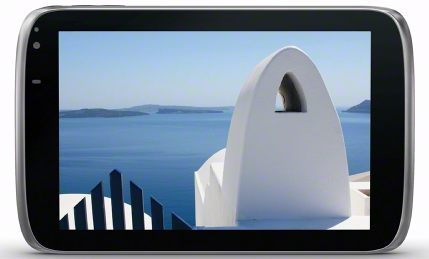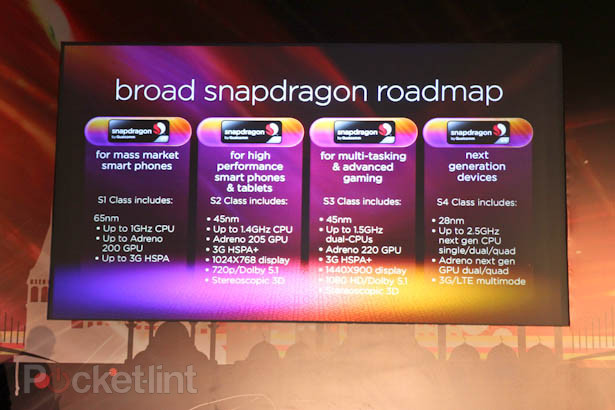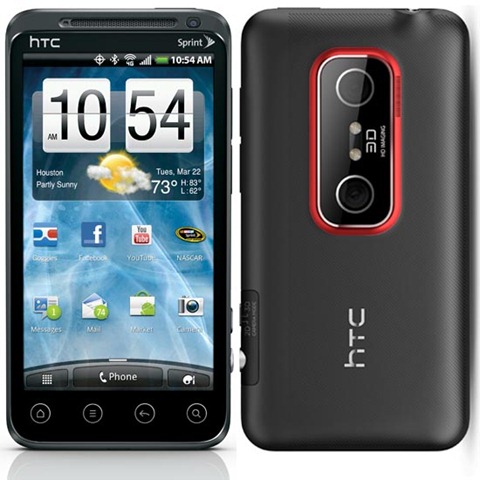LG announces the stylish Optimus L9

Not a bad looking phone, but the specs are middle of the road. Although LG has not hit home runs in last two years, its latest models show it is not giving up.
LG EXTENDS L-SERIES WITH GLOBAL DEBUT OF OPTIMUS L9
Premium Optimus L9 to Offer Best of L-Style with Innovative UX
SEOUL, Aug. 29, 2012 – The LG Optimus L9 will continue the stylish L-Series lineup of smartphones with its global debut. Following the successful launches of the Optimus L3, Optimus L5, and Optimus L7 earlier this year, the Optimus L9 is anticipated to continue in the success of the L-Series emphasizing premium design heritage developed from LG’s design leadership.
Inheriting LG’s premium L-Style design philosophy, the Optimus L9 has a 9.1mm thin body with a slimming metallic streak and modern square style that offers a comfortable grip from its slim and stylish design.
The largest-in-class 4.7-inch IPS display of the Optimus L9 offers clear and true-to-life images with incredible detail for comfortable viewing experience. The high-density 2,150mAh SiO+ battery allows users to enjoy the various new UX features all day long with maximized performance while retaining its incredibly sleek design.
The Optimus L9 was also developed to be a smarter smartphone through LG’s differentiated UX features, such as the QTranslator and My Style Keypad function along with the ever-popular QMemoTM.
The QTranslator function instantly translates not only words, but also entire sentences and phrases with a simple scan from nearly 44 foreign languages to 64 user languages. Using Optical Character Recognition (OCR) technology, it recognizes letters upon scanning with the camera and utilizes electronic dictionary or online translation engine to translate words, sentences or phrases.
The My Style Keypad function comfortably adjusts the key formation of the keypad according to whether the user is texting with one hand (right or left-handed) or two hands. Lastly, the Optimus L9 will also include the QMemoTM, allowing users to capture, memo and share their ideas with others using their fingertip or handwriting.
“The Optimus L9 is a great smartphone that appeals to every consumer,” said Dr. Jongseok Park, President and CEO of LG Mobile Communications Company. “LG will continue to offer differentiated value through the Optimus L9 and strengthen our position in the smartphone market.”
Key Specifications:
OS: Android 4.0 Ice Cream Sandwich
Chipset: 1GHz Dual-Core
Main Display: 4.7-inch IPS Display
Memory: 1GB DDR2 (RAM) / 4GB e-MMC
Camera: 5MP rear / VGA front
Battery: 2,150mAh SiO+
Size: 131.9 x 68.2 x 9.1mm / 125g
Others: DLNA, QMemo™, QTranslator function, My Style Keyboard function






